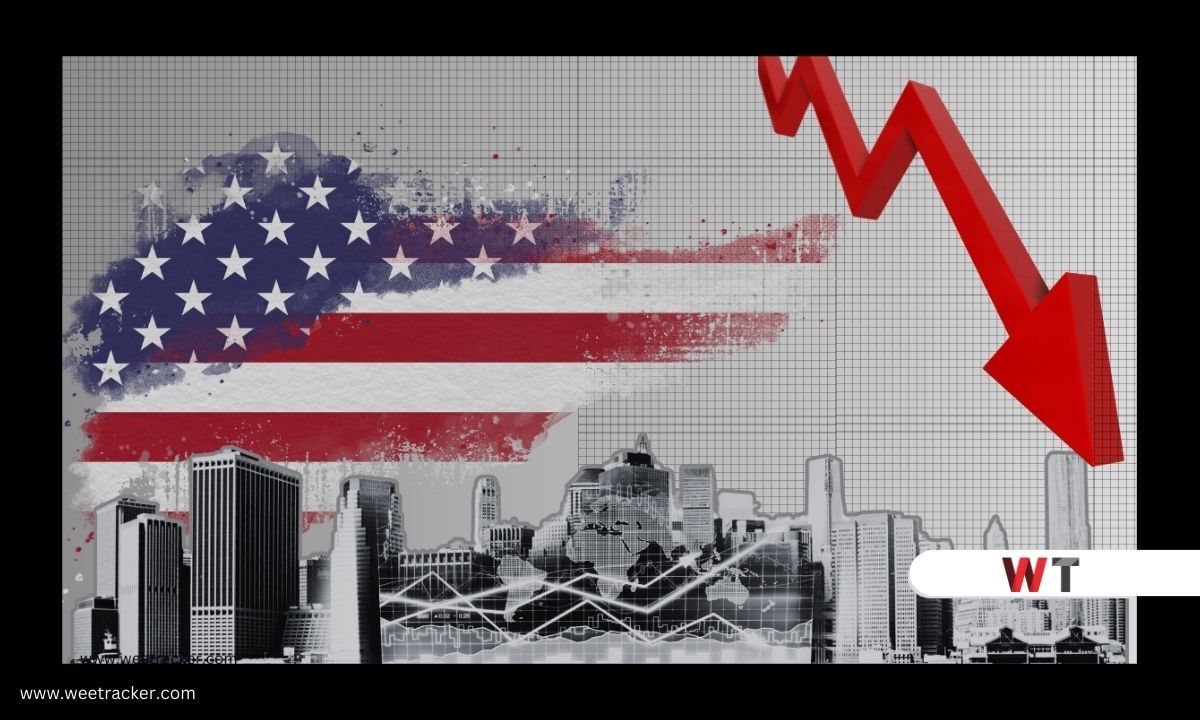

By
|
April 7, 2025
Most Read
Premium
Fintechs Are Going All In As Stablecoins Quietly Flip The Script In Africa
A quiet revolution is brewing in Africa’s financial sector, and stablecoins are at
Premium
Why Egypt And Morocco Can’t Ignore Crypto Anymore
Crypto has become an immovable force in today’s global financial economy. Yet for
Premium
Who’s Funding Africa’s Next Tech Chapter? Top 10 Most Active Investors in 2025
2025 is shaping up to be one of Africa’s most consistent funding years